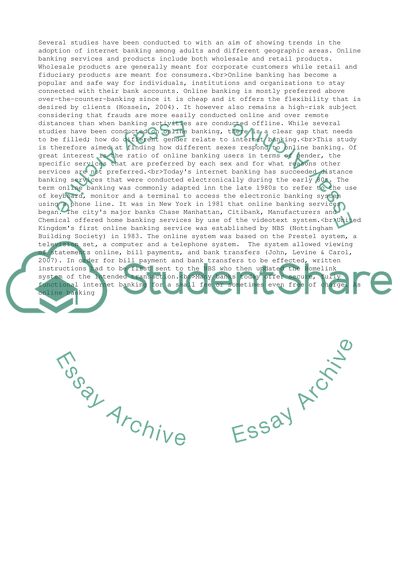Cite this document
(“Online Banking Research Proposal Example | Topics and Well Written Essays - 3000 words”, n.d.)
Retrieved from https://studentshare.org/business/1513199-online-banking
Retrieved from https://studentshare.org/business/1513199-online-banking
(Online Banking Research Proposal Example | Topics and Well Written Essays - 3000 Words)
https://studentshare.org/business/1513199-online-banking.
https://studentshare.org/business/1513199-online-banking.
“Online Banking Research Proposal Example | Topics and Well Written Essays - 3000 Words”, n.d. https://studentshare.org/business/1513199-online-banking.


